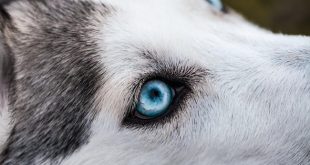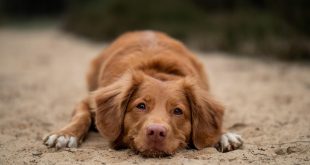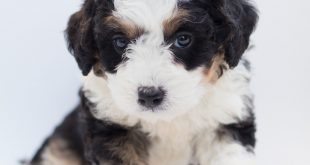Dolphins are super cute, friendly, smart and playful and this is why today I have decided to share with you some Gripping Dolphin Facts That Will Make You Love Them Even More. Scroll down and enjoy these beauties!
Dolphins can communicate with other dolphins underwater by using whistles and clicks. They produce different sounds in accordance with their mood. Scientists hope that they will resolve the mystery of their language soon and they use algorithms and high-frequency recorders that work underwater to unlock it.
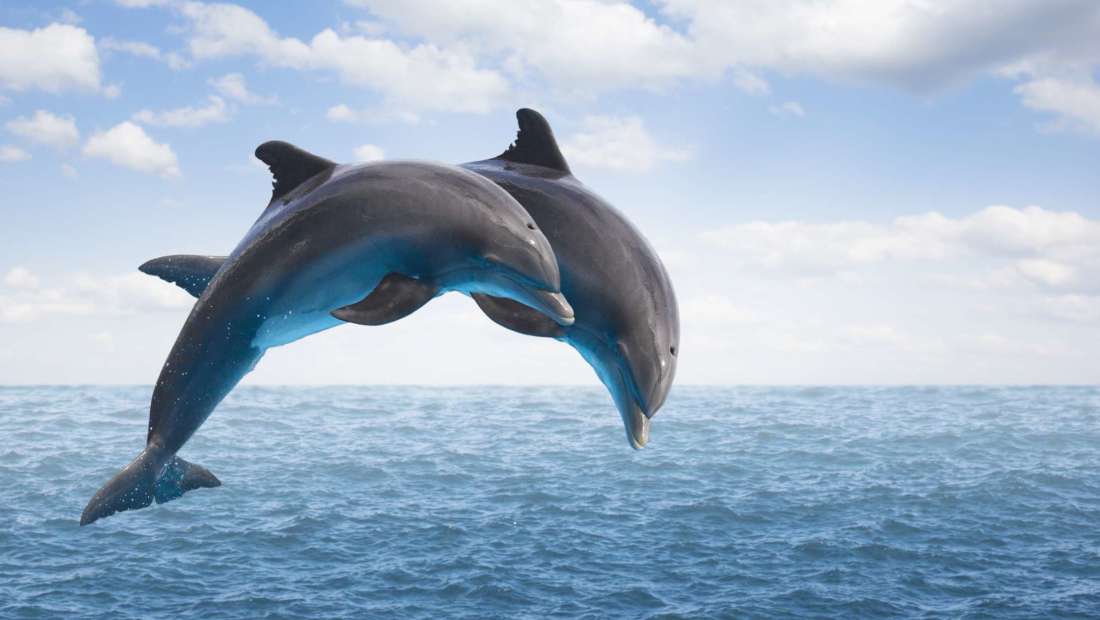
There are only 5 species of dolphins that live in rivers and more than 40 species that live in oceans.
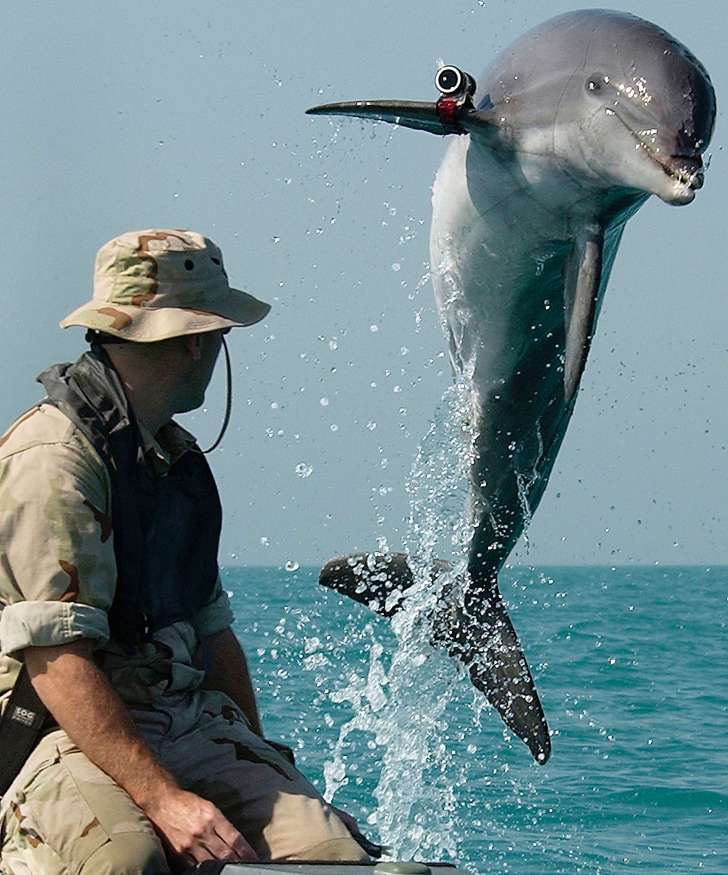
Dolphins are really smart and intelligent and their brains have developed similarly to human brains. It’s said that they are as smart as apes! Fascinating right?
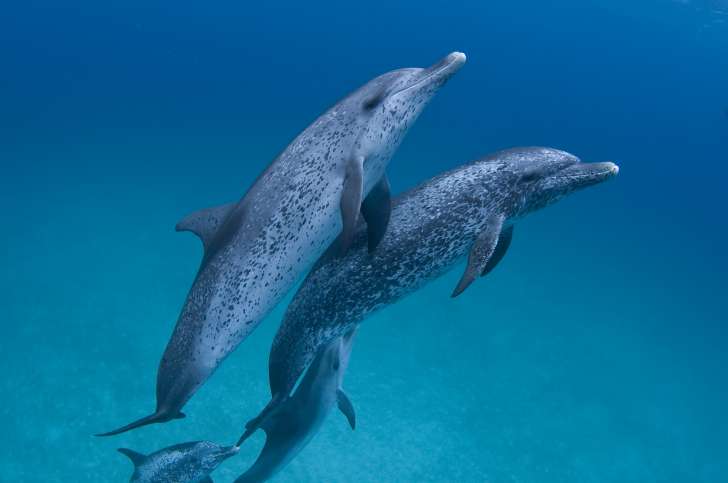
If they don’t have enough food they migrate even though they are not known as migratory animals. They also tend to change their place of living if the water temperatures is not suitable for their body temperature.
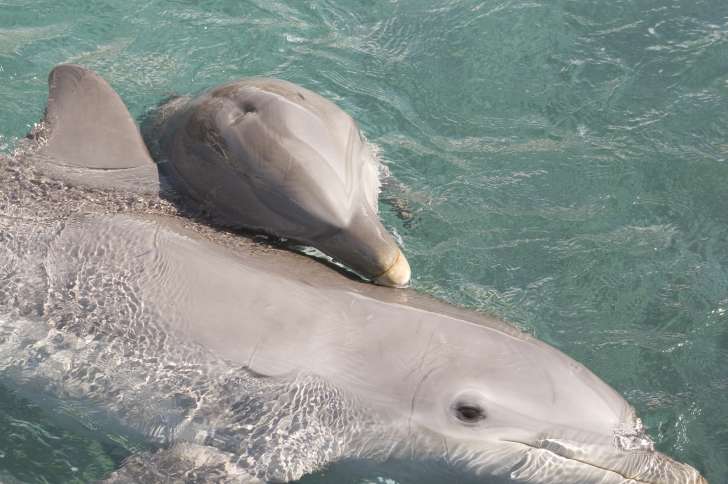
They never chew food and they use their teeth just to catch pray. They swallow them as a whole.
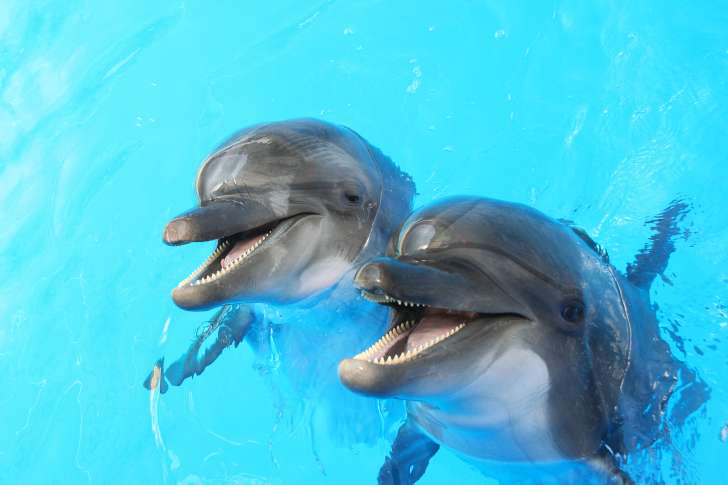
Dolphins usually give birth to just one baby dolphin. The interesting thing is that it’s born with its tail first in order not to drown.
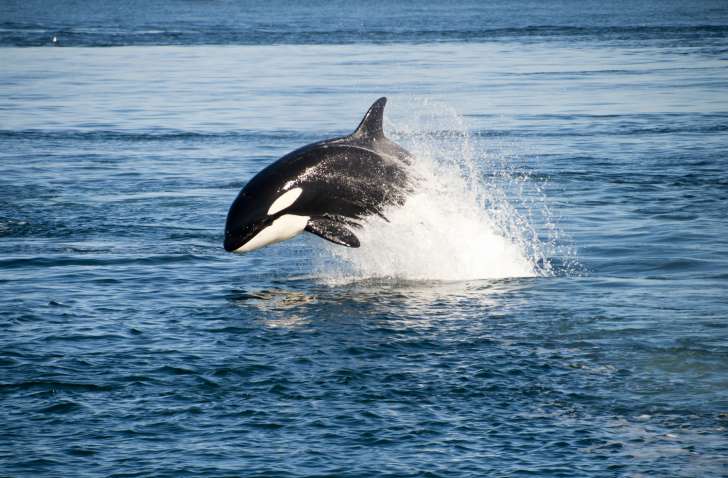
Dolphins have two stomachs. One of them is used as food storage and the other for digestion.
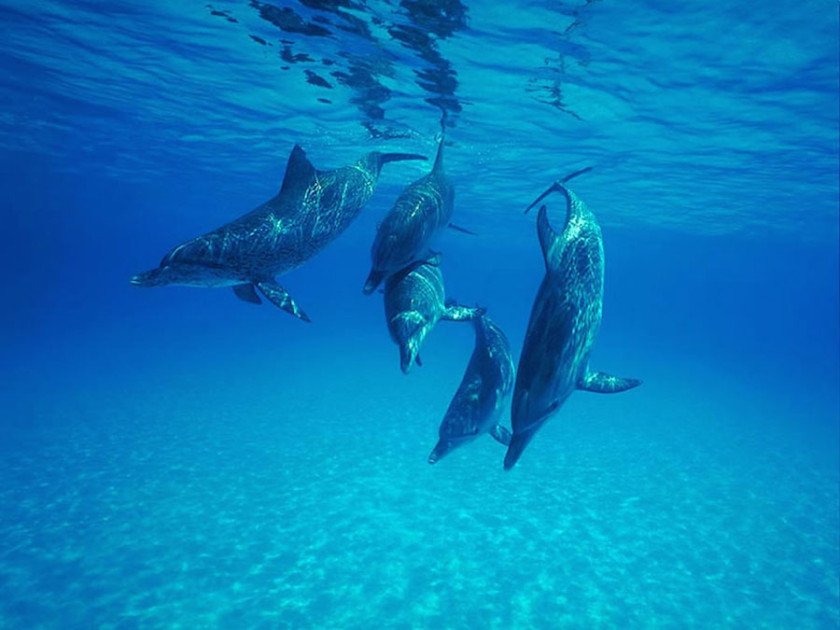
The skin of dolphins is extremely delicate and they can get injured when they get in touch with hard surfaces. But the good news is that their skin has a fast healing attribute and they can get better in no time.
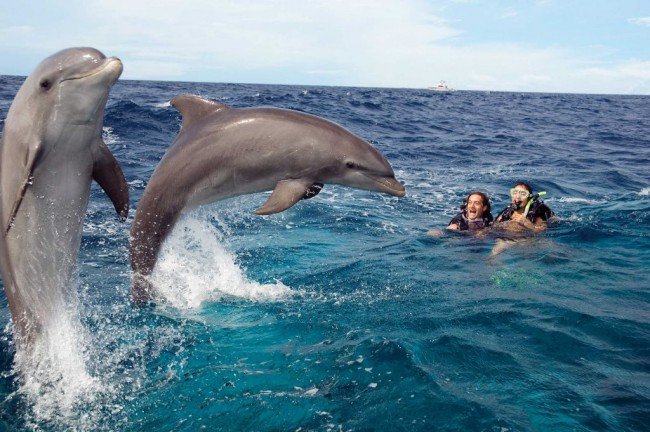
The biggest dolphin is the killer whale although the name suggest that is a whale.
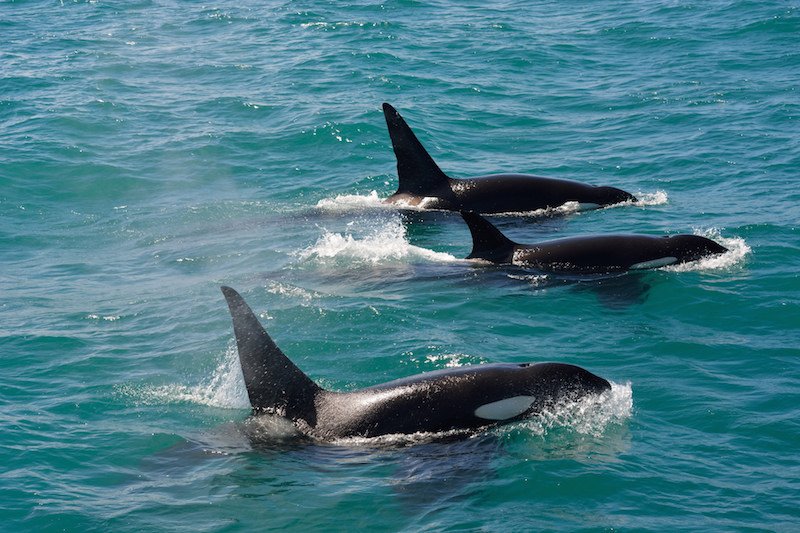
Dolphins stay with their moms for quite a long time. It’s in their nature to stay with the pack from 3 to 8 years.
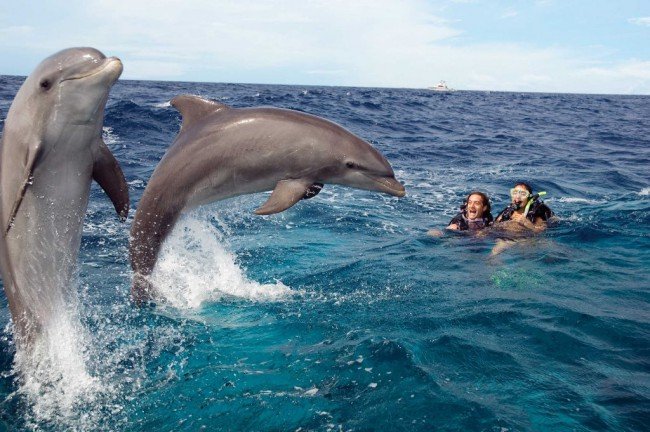
Dolphins are very friendly and social and they tend to swim and play in large groups of more than 1000 dolphins.
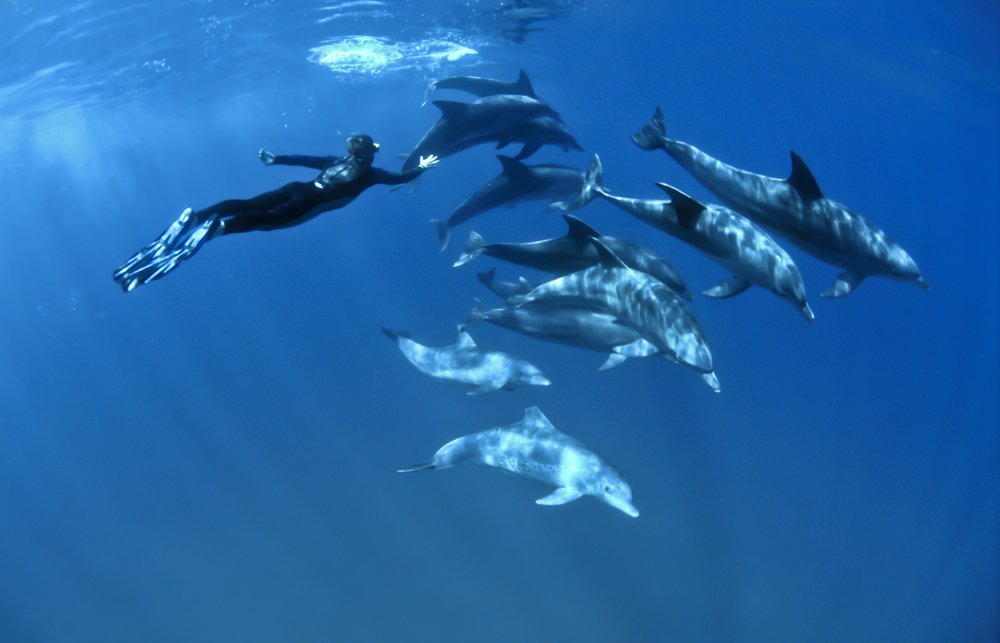
Dolphins belong to the family of mammals. Did you know that in order to breathe they have to come to the surface of water? They don’t eat and breathe trough the mouth but they have two holes, one for breathing and one for eating. In this way they don’t suck water in their lungs and are less likely to drown when they hunt.
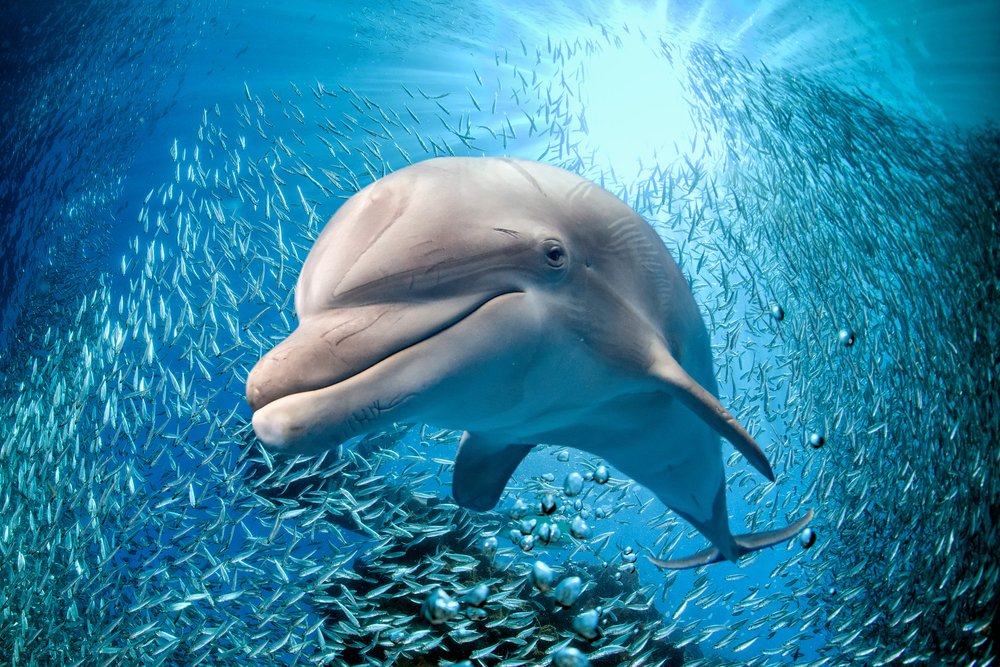
 World inside pictures Collect and share the best ideas that make our life easier
World inside pictures Collect and share the best ideas that make our life easier



